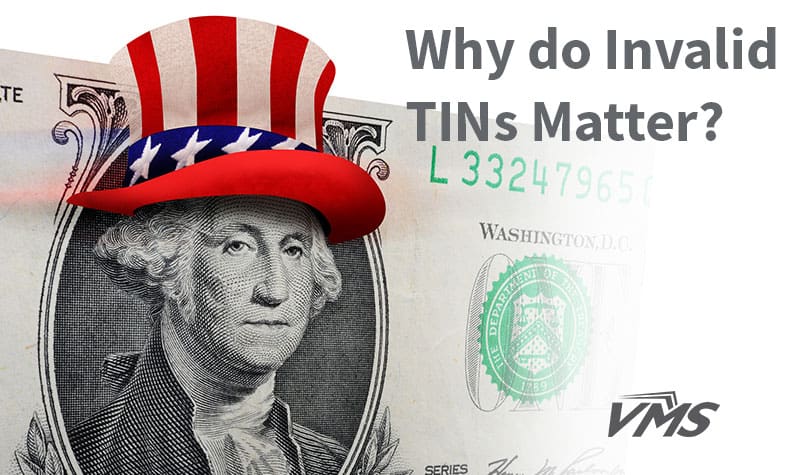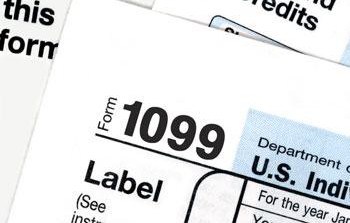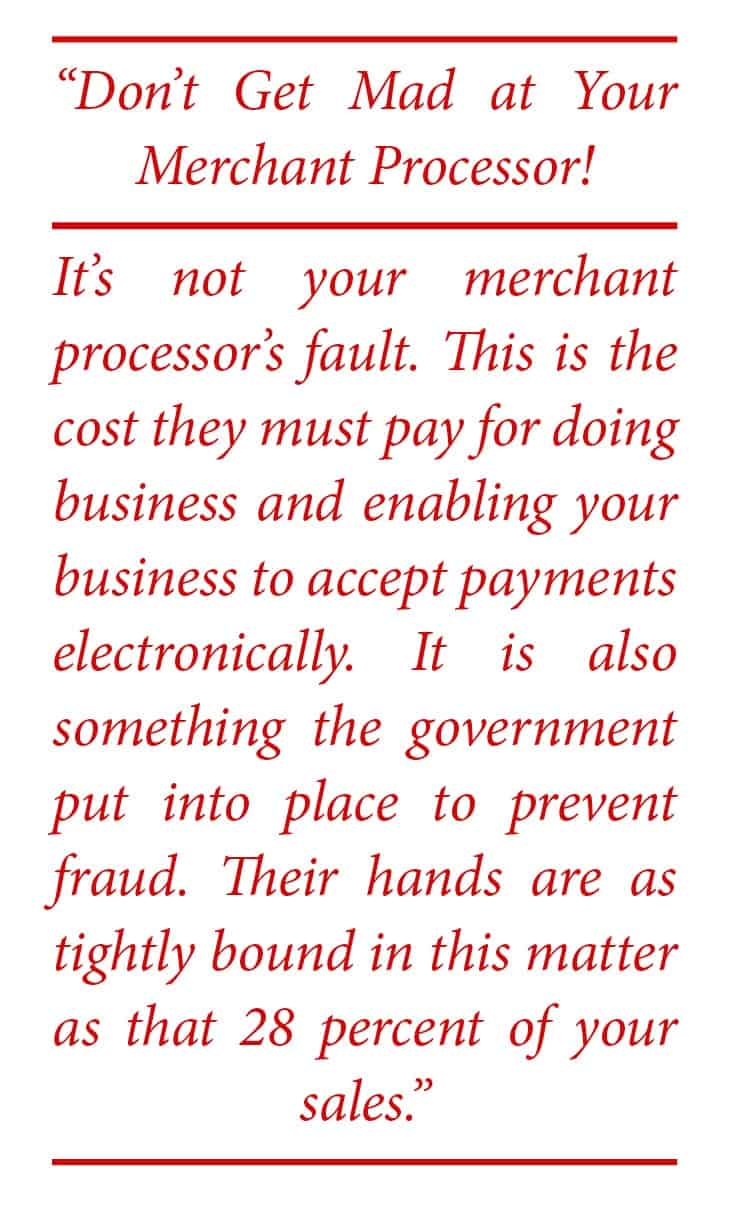
Whether the TIN used has invalid characters or is missing altogether, it can spell big trouble for small business owners. Getting the facts can help you keep your information correct and keep you from missing out on as much as 28 percent of your credit card sales.
Far too often it is easier to ignore the things you’re not sure you understand. As a business owner, whether your business is small or large, you can’t afford to do that. This is especially true with the rules the IRS has put into place regarding invalid Taxpayer Identification Numbers (TINs). The IRS wants to make sure you’re not cheating Uncle Sam out of his share of your pie. To that end, it has put the responsibility of verifying your sales to make sure all reports are above board.

Why do Invalid TINs Matter?
To you as a merchant, it can be quite costly. The Housing and Recovery Act of 2008: Merchant Tax Reporting, specifically Section 6050W mandates that all payment settlement entities, like merchant service providers and banks, report the annual grosspayment card transactions they process on behalf of merchants to the IRS via 1099-K form. The IRS will then use this information to verify and confirm financial data gathered from other resources.
When Taxpayer Identification Numbers do not match the legal business names or addresses the IRS has on file, it can be big trouble for you because the IRS has placed the responsibility of correcting the information so that it does match the IRS information (which is often done via IRS Form W-9) in your hands.
If you are sent one of these forms from your merchant account provider, make sure you fill it out completely and return it promptly.
Why?
Because if you fail to do so, the next action they are required to take is in the form of backup withholding. This process involves merchant services deducting 28 percent of your account deposits with them on behalf of Uncle Sam. It works very much like income tax withholding that happens as your checks are earned rather than being paid in to the government at the end of the year.
Here’s where it really stings. That’s just the federal government’s take. You could also be facing withholding requirements from your state in addition to the painful 28 percent. Some states charge as much as seven percent on top of the U.S. Government which would result in 35 percent of your gross sales tied up and unavailable to your business. Ouch!
Don’t Get Mad at Your Merchant Processor! 
It’s not your merchant processor’s fault. This is the cost they must pay for doing business and enabling your business to accept payments electronically. It is also something the government put into place to prevent fraud. Their hands are as tightly bound in this matter as that 28 percent of your sales.
How Can You Fix the Problem?
Prevention, with all things, is the best cure. The first thing you need to do, as a small business owner, is to ensure the accuracy and validity of your TIN. Then you need to make sure it is accurately reported on all your documentation. One out of place character, a wrong number, a symbol in an improper place, or a business name that doesn’t exactly match the name associated with the TIN on IRS documentation and you could have a problem.
If you are sent a W-9 form from your merchant services, fill it out thoughtfully and accurately. Do not delay unnecessarily or procrastinate as that inaction might be painfully costly for your business. The IRS doesn’t notify merchant service providers of the specific error, only that there is an error, or mismatch, in your TIN. It is up to you to make sure that it isn’t something as simple as a transposed number, left out symbol, or even the wrong suite number on the address. Any little inconsistency can be quite costly. It isn’t worth the risk.
Very few businesses can easily bear the seizure of roughly 1/3 of your monthly sales through backup withholding. That is why it is so important for you to work with a merchant services provider you can trust to stay on top of things before it comes down to the requirement of backup withholding from the IRS. By taking preventative steps now, you can avoid a painful lesson for your business down the road. Get to know the organization you’re working with and develop relationships so little issues like these do not become major trials and tribulations for your business.
